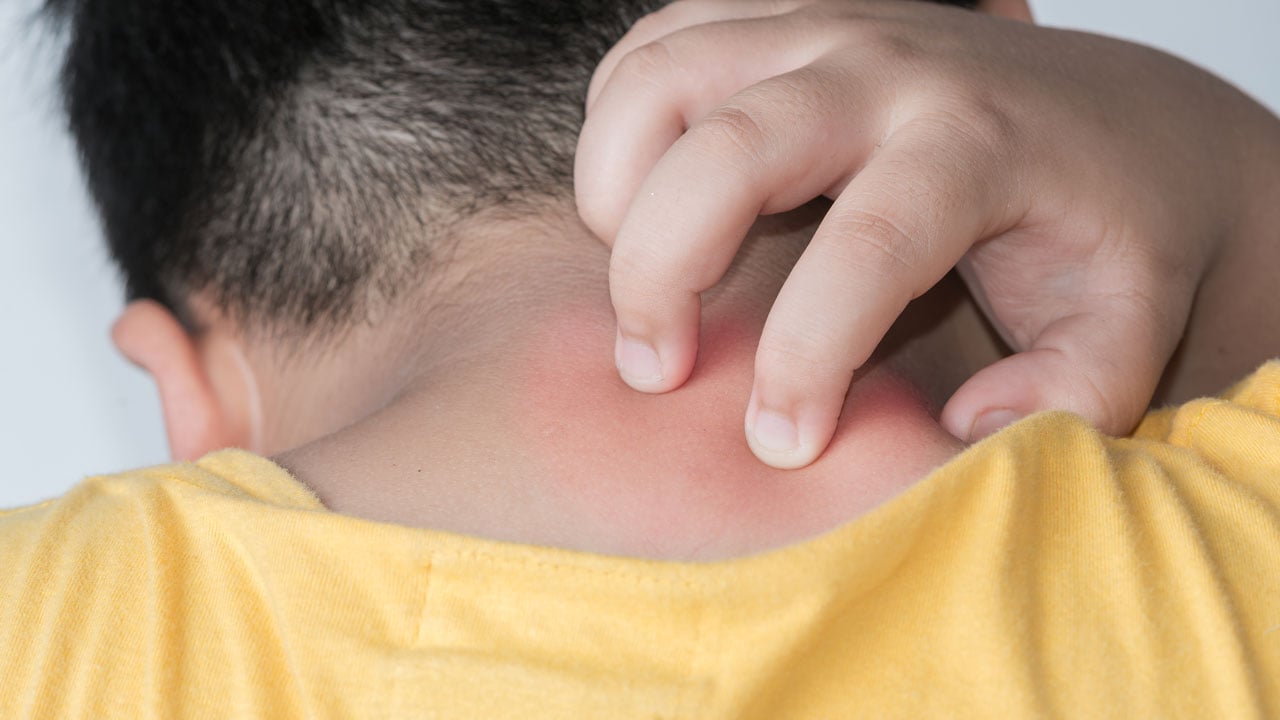- Doctors & Departments
-
Conditions & Advice
- Overview
- Conditions and Symptoms
- Symptom Checker
- Parent Resources
- The Connection Journey
- Calm A Crying Baby
- Sports Articles
- Dosage Tables
- Baby Guide
-
Your Visit
- Overview
- Prepare for Your Visit
- Your Overnight Stay
- Send a Cheer Card
- Family and Patient Resources
- Patient Cost Estimate
- Insurance and Financial Resources
- Online Bill Pay
- Medical Records
- Policies and Procedures
- We Ask Because We Care
Click to find the locations nearest youFind locations by region
See all locations -
Community
- Overview
- Addressing the Youth Mental Health Crisis
- Calendar of Events
- Child Health Advocacy
- Community Health
- Community Partners
- Corporate Relations
- Global Health
- Patient Advocacy
- Patient Stories
- Pediatric Affiliations
- Support Children’s Colorado
- Specialty Outreach Clinics
Your Support Matters
Upcoming Events
Colorado Hospitals Substance Exposed Newborn Quality Improvement Collaborative CHoSEN Conference (Hybrid)
Monday, April 29, 2024The CHoSEN Collaborative is an effort to increase consistency in...
-
Research & Innovation
- Overview
- Pediatric Clinical Trials
- Q: Pediatric Health Advances
- Discoveries and Milestones
- Training and Internships
- Academic Affiliation
- Investigator Resources
- Funding Opportunities
- Center For Innovation
- Support Our Research
- Research Areas

It starts with a Q:
For the latest cutting-edge research, innovative collaborations and remarkable discoveries in child health, read stories from across all our areas of study in Q: Advances and Answers in Pediatric Health.


9 Skin Rashes and Conditions in Kids and How to Treat Them

When your kid suddenly develops a strange skin rash, it can be stressful and difficult to navigate your next steps. Is the red rash on your toddler’s cheeks hand, foot and mouth disease? Is it acne? Is it just dry skin? Pediatric dermatologists Carla Torres-Zegarra, MD, and Anna Bruckner, MD, break down some of the most common pediatric skin rashes and conditions and share tips for either managing at home or identifying when you might need to make a trip to your primary care doctor.
Just a rash or something more?
Dr. Torres-Zegarra says it’s important to understand that while some pediatric skin rashes or conditions just affect the skin, sometimes they can be a symptom of something more.
“If you have a patient with a rash that comes and goes, but no other symptoms, that requires a nonurgent visit to your dermatologist, versus a patient that has a rash, is not eating well and has a fever,” Dr. Torres-Zegarra explains. “In that case, we will look to rule out an infection or other viruses.”
So, when an unexpected rash pops up, first identify if the rash is the only symptom your child is experiencing, or if it’s one of many, to help you determine your next step for care.
Viral skin rashes
Some pediatric skin rashes are caused by a viral infection, such as the classic itchy red bumps of chicken pox, which can be protected against with a vaccine. As with most viruses, these conditions can’t be treated with antibiotics, so caregivers should focus on symptom management. Learn more about some other common viral skin rashes.
Hand, foot and mouth disease
Hand, foot and mouth disease is caused by a virus, coxsackie, that tends to circulate most during the summer. You might start to notice tiny red spots or blisters on your child’s hands, feet or on their buttocks, and they might also have a low-grade fever. This typically occurs in children 6 months old to 4 years old. While this illness is contagious, it’s typically mild and harmless, and kids can return to school or daycare within a few days. Treatment usually involves treating any symptoms as needed with ibuprofen and waiting for the sickness to run its course.
Fifth disease
Fifth disease is another common viral rash for school-aged children that typically starts with a couple of days of bright red cheeks. Then, the rash spreads to the shoulders with a “lace-like” appearance on the upper arms, shoulders and thighs. The rash doesn’t itch or hurt and goes away on its own. A child with fifth disease is typically contagious before developing symptoms of the rash, so when the rash appears, the child can no longer spread the virus.
Roseola
Roseola is a virus most children get between the ages of 6 months and 3 years old. Typically, a child will have a high fever for three to five days, then a widespread fine pink rash will appear after the rash goes away. The rash will last around one to three days, but your child will typically be feeling fine at this point. This rash is the same on both sides of the body, and then may spread to the face or arms. This rash is harmless, and it will go away on its own with no treatment needed.
Chronic skin conditions
Some skin conditions and rashes are reoccurring and will require regular visits, treatment and communication with a pediatric dermatologist. Here, our doctors outline some common chronic skin conditions that your child might experience.
Eczema
The main symptom your child will experience with pediatric eczema is itching. Classic eczema will first appear as a rash on the cheeks in the first few months of life. In older children, eczema might be found in the joint creases like elbows, wrists and knees.
“The classic story we hear with eczema is that by the age of 2, they are experiencing recurrent flares of dry skin that come with a lot of itchiness — the itchiness has to be there for eczema,” Dr. Torres- Zegarra says.
Eczema is a chronic condition that will come and go. The itchy flare-ups can come with a very red rash or even appear raw. Keep in mind that certain things may trigger your child’s eczema, including soaps for bubbles baths or really dry air. Consider putting a humidifier in their room to help keep the flare-ups at bay, but be sure to clean it regularly. The pediatric dermatologists at Children’s Colorado recommend using moisturizing creams and mild soap for baths, and also being cautious about new medications that might trigger a flare up.
Psoriasis
Like eczema, psoriasis is a chronic skin condition that can be itchy for some. You might notice raised, red skin changes with white or silver scales. It’s most common on the scalp, groin area, elbows and knees, but it could appear anywhere. A common form of psoriasis in children is guttate psoriasis which occurs after strep throat.
Acne
Acne is a very common skin condition in children and teenagers. Understanding when your child’s acne goes beyond what is typical for the condition will help you determine what kind of treatment your child needs.
“Things that should prompt you to treat acne faster include acne that is deep-seated and lasts weeks at a time,” Dr. Torres-Zegarra explains. “When acne resolves, if it leaves a scar, you want to see a dermatologist. One of the most common factors that determines whether you will have permanent scars for acne is how long it takes you to control your acne.”
A good skin care routine can help keep acne breakouts mild and under control. Doctors recommend that children and teens wash their face twice a day with just warm water or mild soap and avoid touching their face or squeezing any pimples. For an at-home treatment, you can pick up a benzoyl peroxide 5% gel product from any store without a prescription. This will help open pimples, unplug blackheads and kill bacteria. Use a pea-size drop on your acne marks before bed every night.
Environmental skin conditions
With time spent outside in the sun or in Colorado’s wilderness, it’s important to protect your child’s skin from the sun and look out for any rashes after spending time in forests or fields outside.
Sunburn
If your child is over 6 months old, our dermatologists always recommend protecting their skin with sunscreen when they spend time outside.
“For every five sunburns that a kid has, it doubles the chance of having melanoma as an adult,” Dr. Torres-Zegarra says.
She recommends starting with a water-resistant, broad-spectrum sunscreen that is at least 30 SPF and reapplying as needed. For babies who can’t wear sunscreen yet, she recommends keeping them out of the sun for long periods of time to avoid sunburn. When you must take your baby outside, make sure they wear a hat and cover their skin with lightweight clothing or garments that provide protection from the sun’s ultraviolet rays.
Heat rash
When your child is out playing in the hot sun, in addition to sunscreen, the most important thing is for them to stay hydrated. Heat rash typically occurs in kids under the age of 1. When a baby starts sweating because of the heat, you might notice little bubbles that slowly appear on their skin. This rash is not dangerous. However, Dr. Torres-Zegarra says it’s important to note that kids can become overheated or even experience heat exhaustion even if they never show warnings signs, such as experiencing a heat rash. That’s why it’s important to make sure they dress appropriately for the weather (typically one more layer than the parent) and that they are taking breaks from long periods in the sun.
“Babies are very sensitive and can easily get dehydrated and be at risk for heat exhaustion,” she says.
Poison ivy, poison oak and poison sumac
Poison ivy, poison oak and poison sumac aren’t very common plants in Colorado, but it can be helpful to know the symptoms if your child does develop a rash from this plant because you can still encounter them here. Typically, parents will see an itchy rash shaped like a streak or lines on their child where they came into contact with the plant. This can happen one or two days after a kid was playing in a forest or field, and once it appears on your child’s skin, it cannot be spread to others. Unfortunately, this rash can last for weeks and in some cases, it might require a trip to the pediatrician for strong topical or oral steroids for an aggressive rash. Remember, leaves of three – let them be!
Your child’s pediatrician can always guide you on next steps if a skin rash appears on your child and you need additional support.



 720-777-0123
720-777-0123






